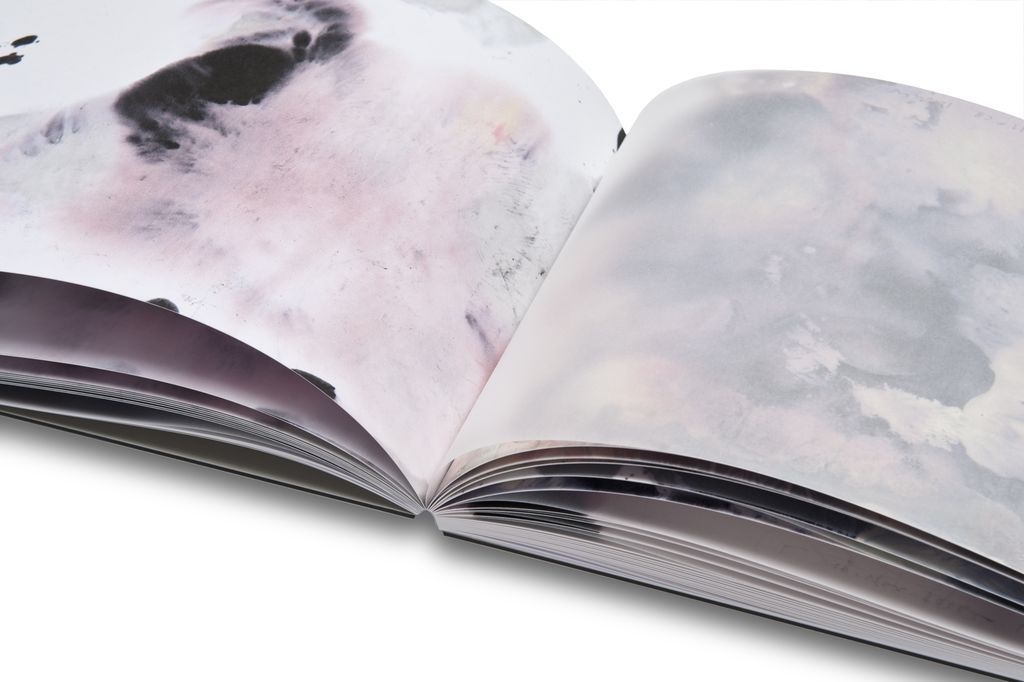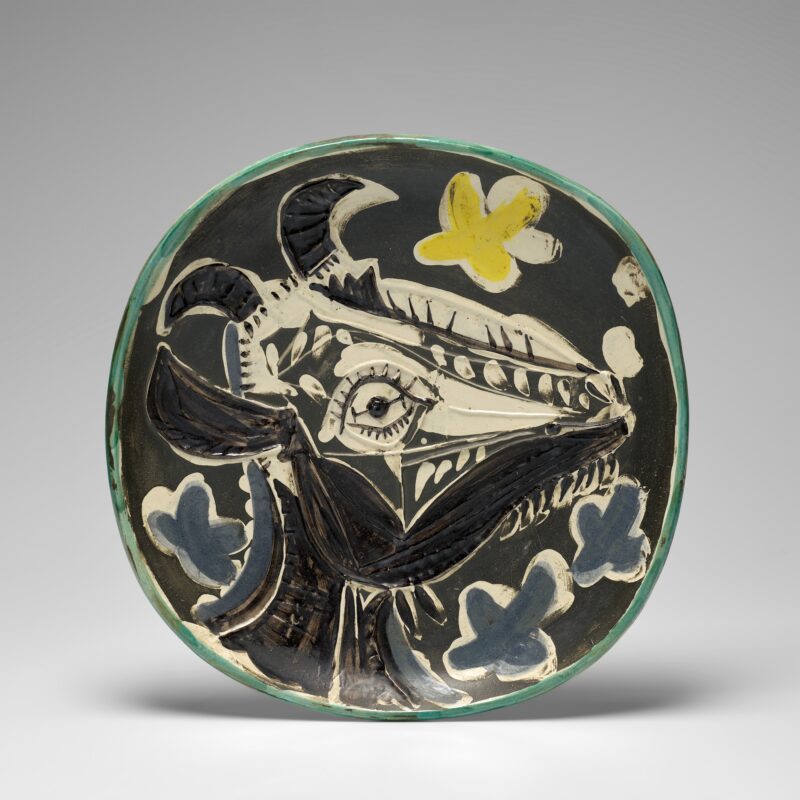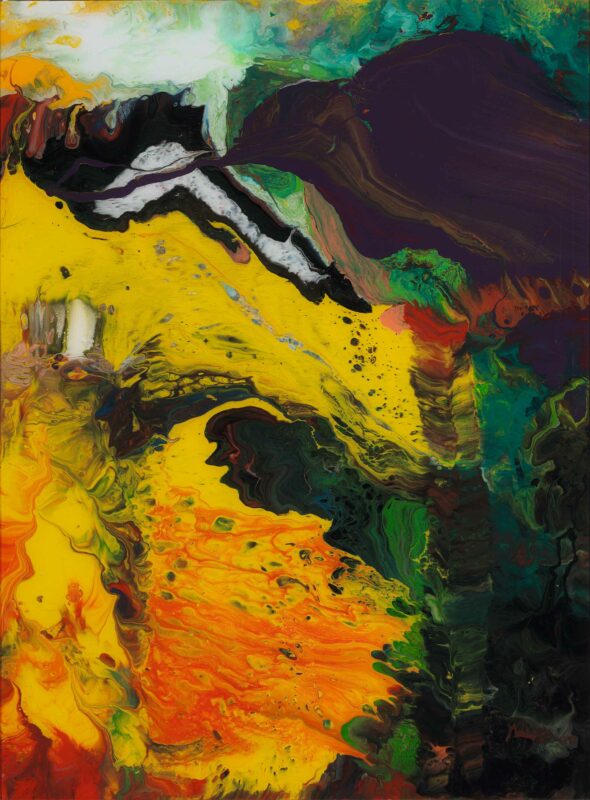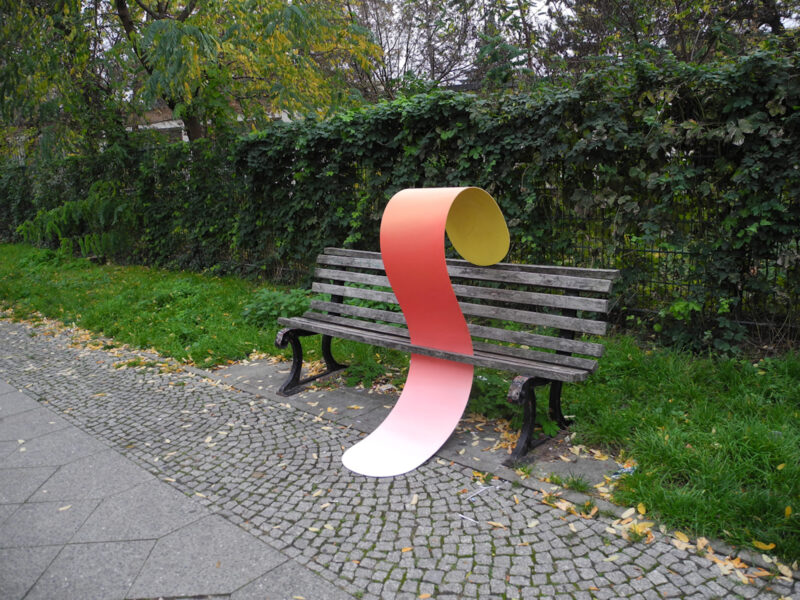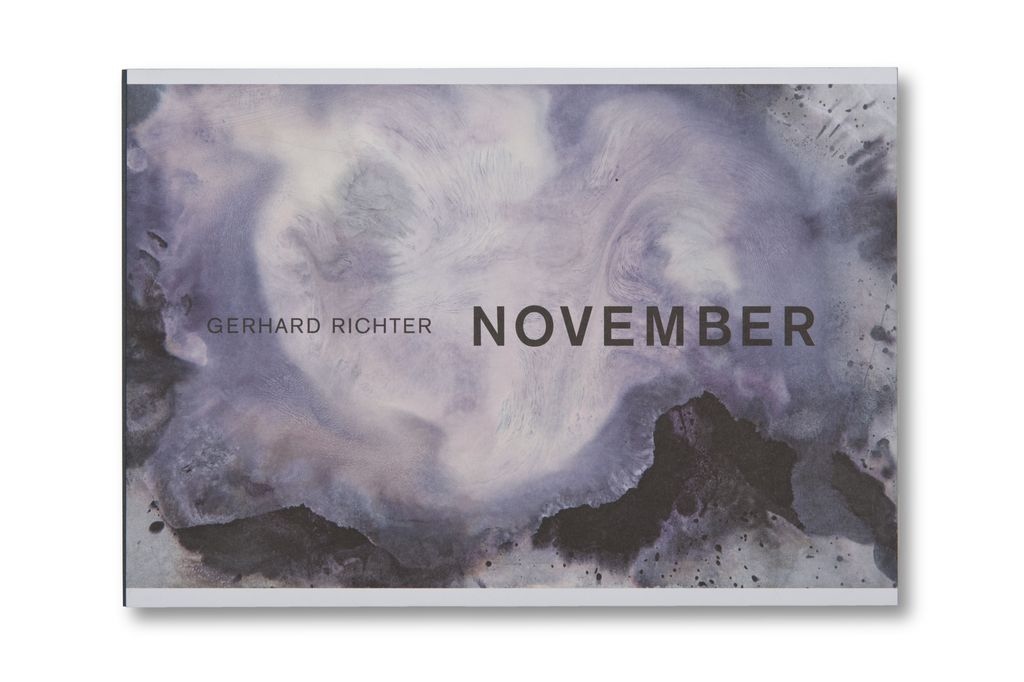
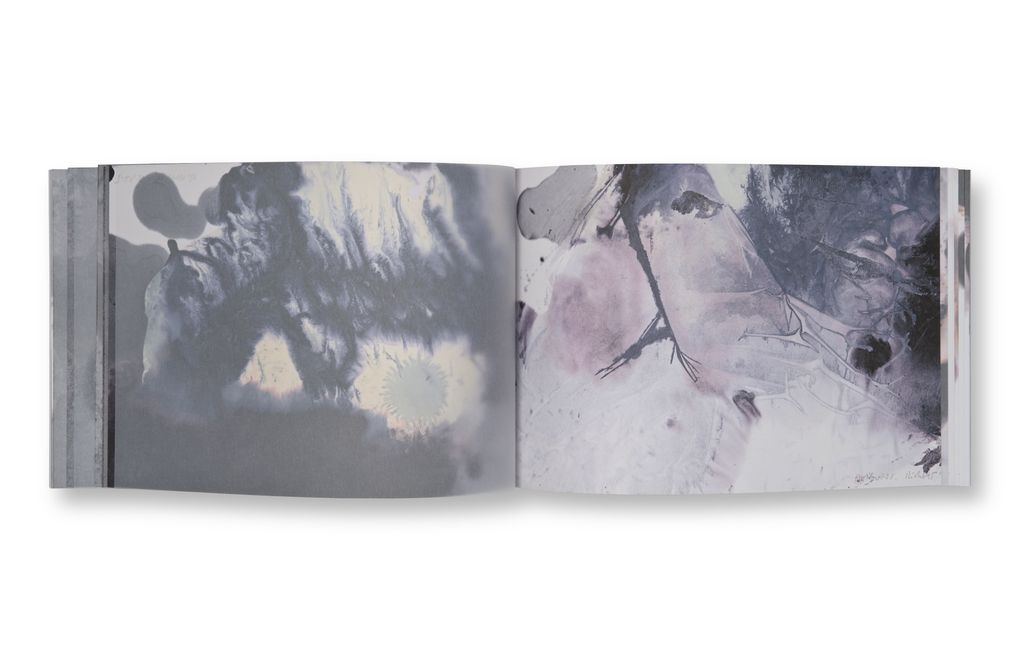


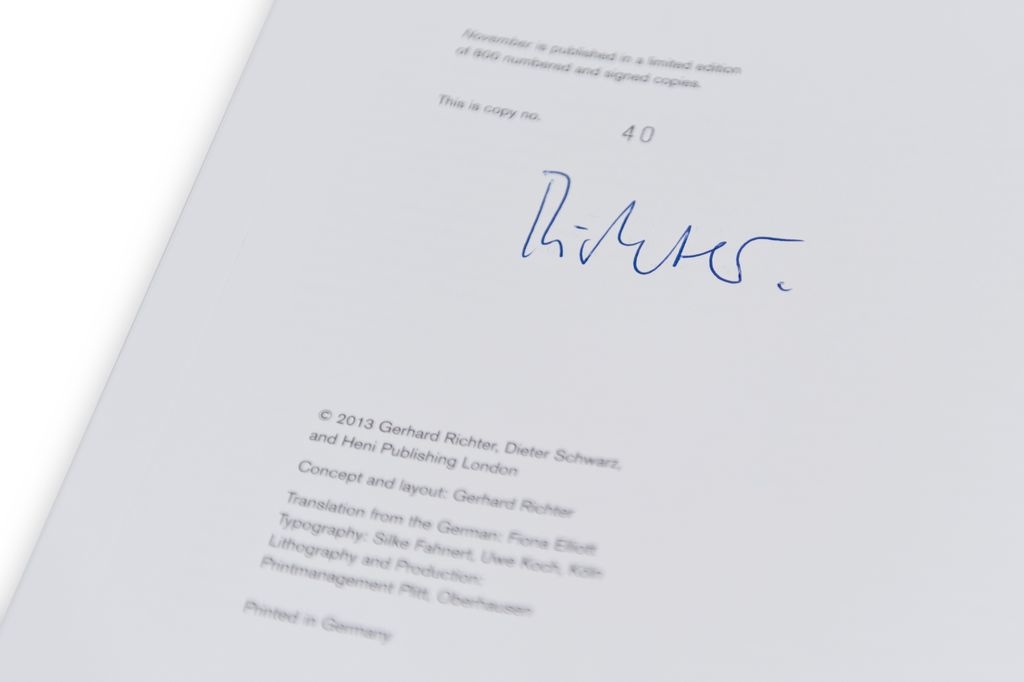
In his November suite Richter now had material to hand that was by definition an invitation to incorporate the notion of reflection into the work. Not only were there sheets with a mirror image of the motif on the reverse; in some cases the ink that had soaked through layers of sheets created what looked like visual echoes. These factors led to a multiplicity of internal connections that provided a structure for the sequence of images. Nevertheless, Richter’s manipulation of the given sequence was distinctly restrained: for instance, November 2nd (recto) is placed upside down, disturbing the regularity of the mirror-image connections. In addition to this, the obscuring over-painting of this same sheet and of November 3rd draws attention to the differences between the two, rather than to any repetition. In the case of the pairs of sheets dated November 4th and 5th, the verso images are again rotated by 180º; it also appears that the sequence of front and back has been reversed in the case of the latter. The given reflections are thus just the point of departure for an interlocking web of connections, which in turn creates simultaneity from a temporal and material sequence. In the same way that original and facsimile are barely distinguishable, any distinctive qualities in the different ink markings are all but impossible to discern – with the initial disposition on one side and copy, duplicate and replica on the other. The facsimiles allowed Richter to progress beyond the material form of the ink drawings. Although these form the foundations of the sequence, the process of reproduction sees them shifting to a different level. Richter engages not only with this fact but also with the meaning it acquires in a syntactical context; his interest is in the visible phenomenon, not in its material constitution as a secondary likeness, nor in its primary essence. He is not dependent on a unique handwriting, that is to say, on the original, for reproduction provides him with a means to make connections between a chance detail and other details and to instigate correlations. The notion of synthesis mentioned earlier here thus refers not to drawing strands together in the sense of making them legible but rather the aesthetic resolution of raw reality and facticity in a work of art.
From the Introduction to November by Dieter Schwarz Translated from the German by Fiona Elliott
Richter produced November, a series of 54 works in ink, in 2008. These works were created using a variety of ways to manipulate the consistency of ink and its flow on highly absorbent paper. The ink permeated through the sheets creating two related images, one on the front and one on the back of each of the 27 sheets used. In some cases Richter also applied lacquer or pencil.
Richter had a complete set of facsimiles made so both sides of the 27 sheets could be viewed at the same time. However, the sequence of mirrored pairs of images is disrupted, as some of the images have been rotated by 180 degrees. The book displays the images of the pairs, one on the front and one on the back of each page and ends with an overview of all 54 works. Several of the works where previously shown in the Musée du Louvre, Paris, in September 2012,
?
November Heni Publishing, London, 2013 With a text by Dieter Schwarz 315 x 218 x 20 mm
A limited edition of 800 (each signed and numbered) available exclusively from the Tate Gallery’s Shop shop.tate.org.uk/ from March 20th.



